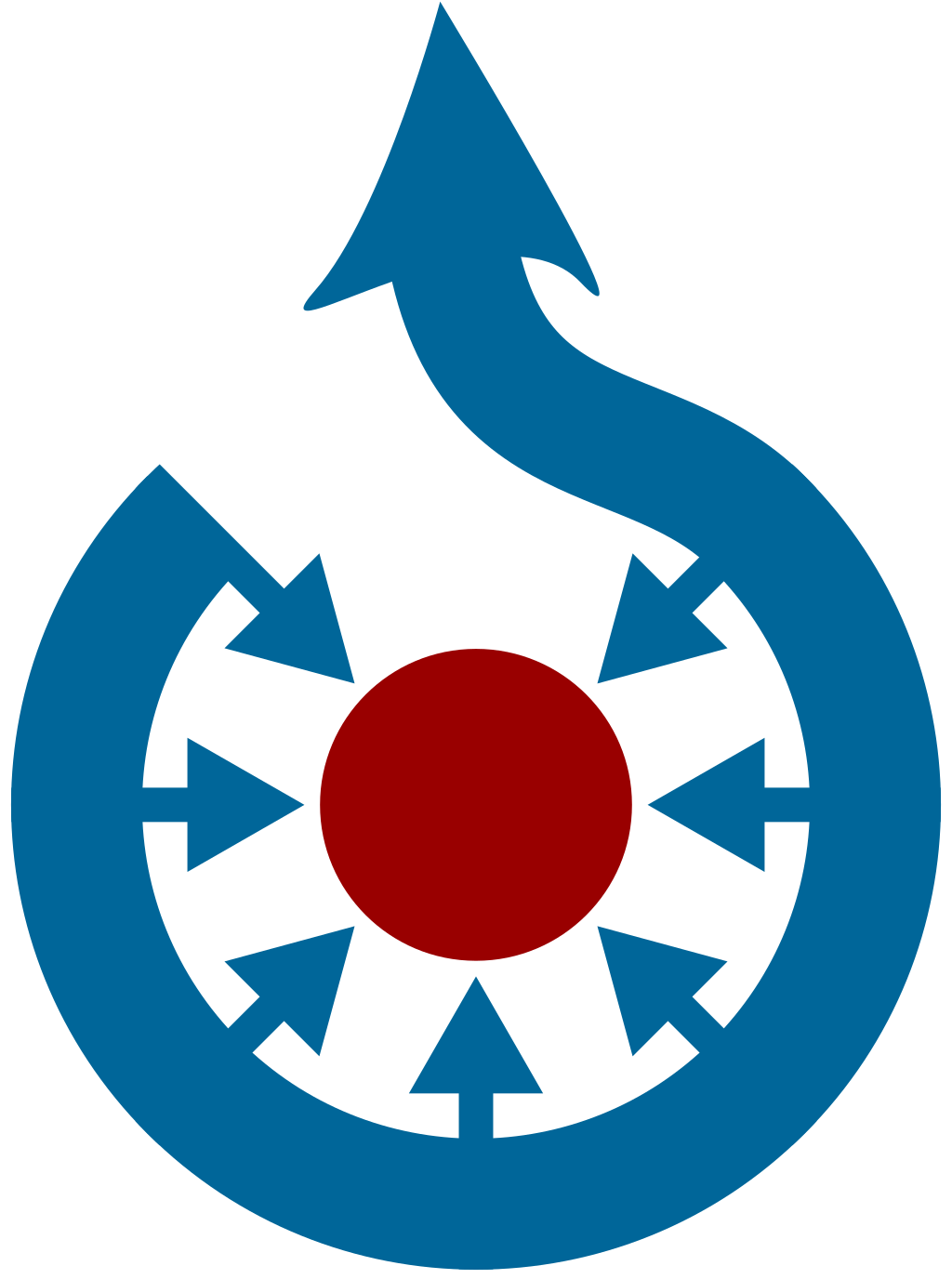
A Study for 'Hercules'
Artist/Maker
DatesMade: Made beginning of 1640s
Material / Technique
Dimensionsh x w: Mått [pappersyta] 26,2 x 17 cm
Inventory numberNMH 1/2016
AcqusitionPurchase 2016 Wiros Fund
Other titlesTitle (sv): Herkules, i trekvartsfigur Title (sv): A Study for 'Hercules'
DescriptionPress text: New acquisition, April 2016: A Study for ‘Hercules’, by Guercino The Nationalmuseum has acquired a red-chalk figure study for a ‘Hercules, in three-quarter-length' from the 1640s by the Italian Baroque artist Giovanni Francesco Barbieri, called Guercino (1591-1666). The drawing that in the 18th century belonged to the Swedish diplomat and art collector Count Carl Gustaf Tessin (1695-1770) has thus been reunited with the main part of his drawings collection in the museum’s holdings. Guercino was born in Cento in the province of Ferrara in 1591 and died at Bologna in 1666. A leading figure in the second generation of artists active in Emilia, he was inspired by the reform of painting carried out by the Carracci around 1600. He was also deeply influenced by the High Renaissance artist Correggio, admiring his subtle treatment of light and fluidity of touch. His indebtedness to Correggio is nowhere more apparent than in his red-chalk drawings. Impressed by the effects of softness, luminosity and grace achieved by Correggio in this medium, Guercino exploited its painterly softness to convey a lifelike quality with a mastery achieved by few other artists. Studied from a model who posed in the studio, Guercino's Hercules portrays the semi-god of classical mythology, the personification of courage and physical strength, as a muscular bearded man, swinging his club above his head as he strides forward, his naked body partially enveloped by swirling folds of diaphanous drapery. Born from the union of Jupiter and Alcmene, Hercules married Megara, the daughter of King Creon of Thebes, by whom he had three children. These he killed in a fit of madness and, to atone for his terrible deed, he was given the famous twelve labours to accomplish. His usual attributes are the lion skin, a trophy from his first labour, and the club, obtained by uprooting an olive tree with his bare hands. The beauty of Guercino’s drawing arises from his rapidity of touch and his ability to capture the most delicate gradations of light over flesh, exploiting the warmth of hue inherent in red chalk. Guercino’s drawings were generally made to clarify his ideas in relation to a given composition before working with the brush on canvas. From documents we know that during the 1640s he made several paintings of ‘Hercules’ in half-figure. Two paintings preserved in private collections share certain features with the Stockholm study as well as with a later black-chalk study in the Ashmolean Museum, Oxford. The present study shows the model turned to the left and lit from the top so that his raised right arm casts a shadow across his face with its wrathful expression. It differs from the paintings in that the figure is caught in mid-action, preparing to strike his enemy with a sweeping downward movement of his club. The Oxford drawing shows the model resting the club on his right shoulder in a pose closer to the paintings. In addition to an unidentified collector’s mark, the sheet bears the mark of Count Nils Barck (1820-1896), a Swede resident in Paris from 1840, who managed to acquire a group of important drawings offered as a Christmas gift in 1748 to Queen Lovisa Ulrika of Sweden by the Swedish diplomat and art collector Count Carl Gustaf Tessin (1695-1770). Although not included among those drawings, the present study had at one time belonged to Tessin, who listed it among the artworks sent home from Paris during his years as Swedish ambassador 1739-1742. Nationalmuseum’s purchase of this work has been made possible by a generous bequest from the Wiros Fund. Nationalmuseum has no budget of its own for new acquisitions, but relies on gifting and financial support from private funds and foundations to enhance its collections of fine art and craft.
Collection
MaterialRed crayon (Crayon), Paper
TechniqueDrawing
Object category

















